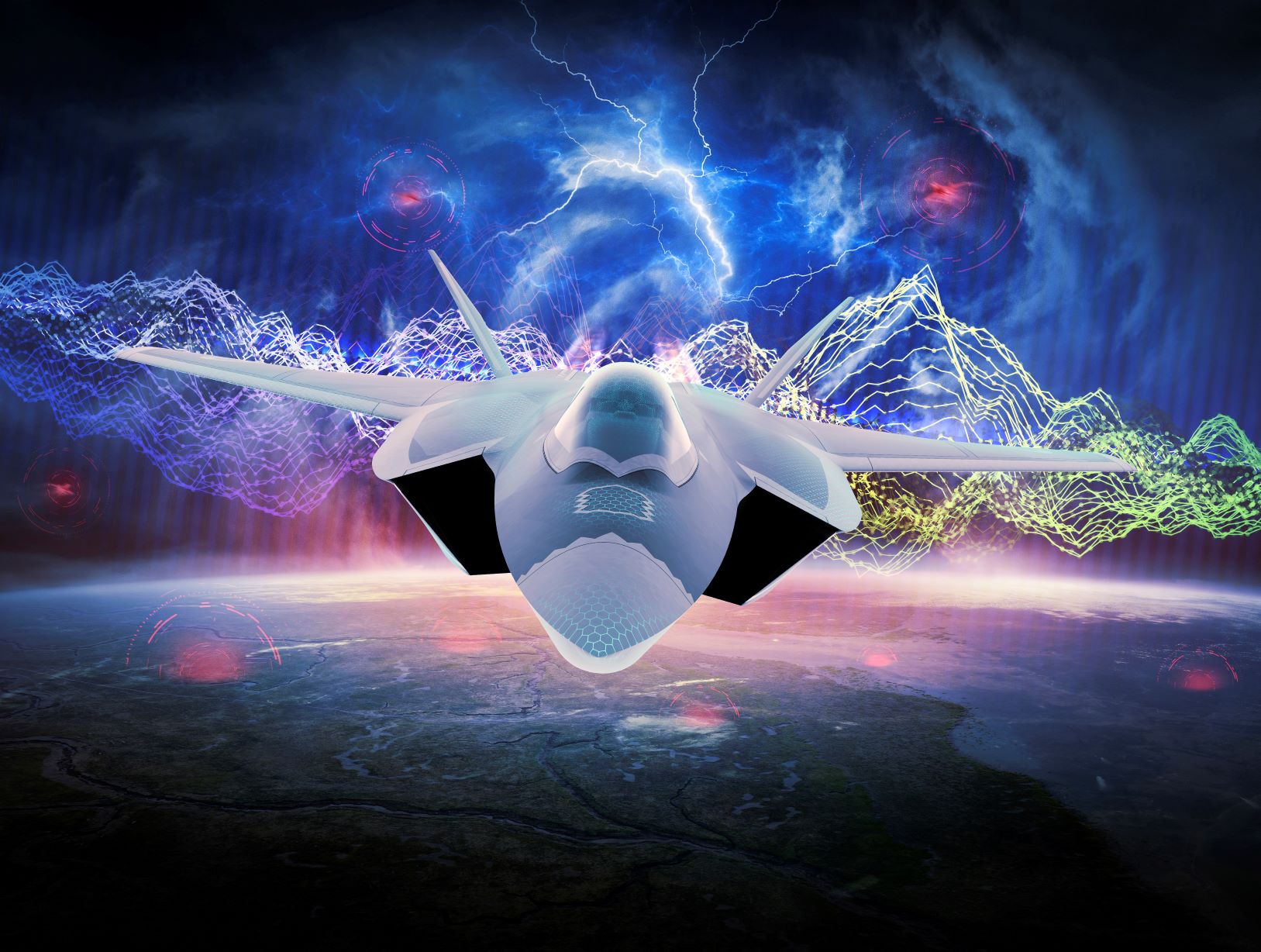The Global Combat Air Program's (GCAP) ISANKE & Integrated Sensing and Non-Kinetic Effects & Integrated Communications Systems (ICS) domain brings together defense electronics excellence from three nations.
At the fair DSEI Japan ongoing at Tokyo, the leading companies in the defense electronics industry Japan, UK and Italy have announced the signing of an agreement for the development of a permanent industrial collaboration.
The societies Mitsubishi Electric, representing Japan, Leonardo UK for the UK e Leonardo and Electronics for Italy, they will strengthen their relations and evaluate appropriate operational models, in view of the next phase of the programme GCAP extension (Global Combat Air Program). A simultaneous boost will also be given to the research and development activity already started by the partners.
As national champions in defense electronics, each company contributes a wealth of domain expertise and experience to the program ISANKE & ICS (Integrated Sensing And Non Kinetic Effects & Integrated Communication System).
Subscribe to our newsletter!
In Japan, Mitsubishi Electric has already taken part in the development of advanced electronics under the national project FX. In Italy, Leonardo and Electronics have been involved in the maturation of future multi-domain technologies for air combat, such as sensors, communications and data fusion under the “Italian Defense Technology Initiative".
Finally, Leonardo UK is one of the founders of the national project Tempest, born in 2018 to develop
sixth generation air combat technologies.
Teams will work together to shape the domain ISANKE & ICS, i.e. the advanced electronics on board the
platform, GCAP extension, that it will provide the aircraft crew with an advanced level of information superiority and self-protection capabilities.
The component ISANKE will develop the potential of sixth generation sensors: from the traditional
single-sensor model for air combat, moving towards a fully integrated sensing, information fusion and self-protection capability for each platform.
The component ICS will allow sensors to operate in a network composed of manned and unmanned aircraft, as part of a larger, multi-domain system of systems for each nation. ISANKE and ICS will also ensure that the three countries of the GCAP program can interact with allies in the course of joint operations.
Integrated into five domains air, land, sea, space and cyber, the main platform of the GCAP will manage
a large amount of data quickly, providing the crew with the information superiority they will have
needed to succeed in the most complex operating environments, as well as providing valuable information to other operators.
All this makes the domain ISANKE & ICS sixth-generation engine more efficient than capacity
operations of the previous generation.
To provide this capability, the partners start from the awareness that the traditional structures of the
program, infrastructure and performance metrics need to be re-evaluated, to achieve
theprogram target set at 2035.
The new agreement includes the recognition of the fundamental principles that will allow to meet these deadlines, while responding to the need for a spirit of partnerships equal by the three nations. It will also allow you to put an approach that into practice meets each country's ambitions in terms of integrated mission support, freedom of action, and freedom to change. As partners aim to build a permanent collaboration platform, national requirements for industrial capabilities and principles of shared intellectual property will be considered in the spirit of a fully integrated tri-national programme.
In this process, the companies involved can draw on the experience gained within large companies
international collaborations, often benefiting from previous joint activities. For example,
Mitsubishi Electric played a key role in the Japanese program F-2. In Leonardo, acting as
partners in the program Eurofighter Typhoon, both the Italian and British teams work on the radar a
electronic scanning for the aircraft as part of the consortium EuroRADAR. In addition, Leonardo ed
Electronics already collaborate to provide the defense subsystem of the Typhoon as a design authority in the
consortium EuroDASS.
These collaborations have created capabilities essential forEurofighter Typhoon throughout the life of the program and will continue to do so for years to come. In the end, Leonardo UK and Mitsubishi Electric they have been working together since 2018 to Anglo-Japanese project of JAGUAR radar technology, within which they have developed effective cooperation.
